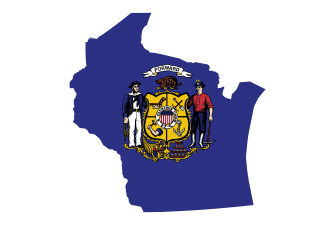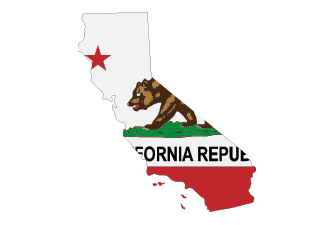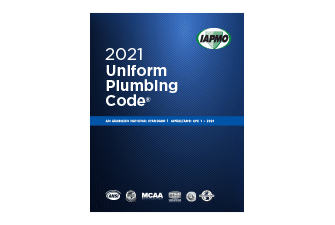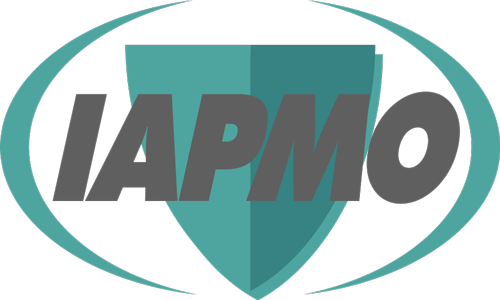FEMA and the Uniform Codes: The Real Story
Do your town’s building codes impact Federal Emergency Management Agency (FEMA) support after a disaster? The answer is no, but that didn’t stop at least one model code body from attempting to spread other disinformation about the Uniform Codes. Here is the real story about FEMA and the Uniform Codes.
What Does the FEMA “Disaster Risk Reduction Minimum Codes and Standards” Document Say?

In 2019, FEMA issued an interim guidance document known as the “Disaster Risk Reduction Minimum Codes and Standards.”
This document explains that after a disaster, buildings that are rebuilt using FEMA funds must adhere to the latest nationally recognized voluntary consensus-based building codes and standards.
As noted in a Plumbing & Mechanical article: “Federal funding and disaster relief are not based on the adoption of the ICC codes or NFPA codes.” Read more from plumbing engineer Julius Ballanco P.E., CPD, F-ASPE on how this FEMA confusion related to the Uniform Plumbing Code and Uniform Mechanical Code occurred.
What Jurisdictions Have Adopted The Uniform Plumbing Code and Received FEMA Funding?






The Bottom Line: The Uniform Codes Help Communities Build Plumbing Resiliency
The UPC and UMC incorporate the latest hazard-resistant criteria critical to improving the resiliency of communities across the United States. It is a trusted tool in disaster mitigation and protecting public health and safety.
Furthermore, the Uniform Codes clearly meet the requirements set forth in the Robert T. Stafford Disaster Relief and Emergency Assistance Act. The UPC and UMC are the country’s only plumbing and mechanical codes developed using ANSI-accredited consensus development procedure.
The Uniform Codes lead the way in plumbing resiliency innovation, containing important hazard-resistant provisions related to drought, earthquakes, fires, floods, storm surges, and wind while establishing industry-accepted minimum criteria for the construction of residential and commercial structures.
Nearly 100 million Americans live in jurisdictions where the Uniform Codes are adopted. When disasters hit, they enjoy the same access to federal relief as those living in areas that adopt other plumbing codes.


